Reading in Community
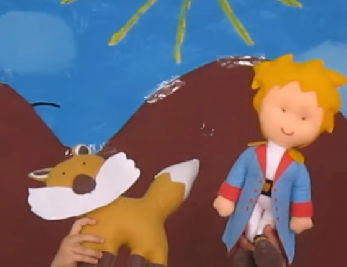
Reading in Community is a project focused on promoting reading and developing linguistic competence and it revolves around Antoine de Saint-Exupéry’s work The Little Prince. It’s a project carried out between schools from France and Spain and it’s aimed at Pre-primary education students. We would like to put emphasis on the detailed planning of activities and on the high level of coordination and communication among the teachers involved with regards to choosing the project theme and activities. The project provides many opportunities for the students to get to know their colleagues’ work and to learn how to appreciate and how to express opinions on the work done by the other school. Also, worthy of note is the involvement of the families who were informed about the project from the beginning and participated in several activities. Also worth mentioning is the evaluation done by the students; they pointed out their favourite parts of the project. Gracia Moya, a teacher who works at the CEIP ‘Gloria Fuertes’ school from Jaén and who was involved in the project, describes the fundamental structure of the project and provides us with links to its results.
The Reading in community project revolves around reading Antoine de Saint-Exupéry’s work The Little Prince in a family context as well as in a school context. It was implemented throughout the entire school year in Spain and France with students aged 4 and 5 years old. During the implementation of the project, we became familiar with a second language; we enjoyed exchanging our creations, sharing our doubts, knowledge, gifts, videoconferences, etc. This led to personal enrichment, to getting to know a different culture; it brought us closer together and it made us fell Europeans. Being able to live this experience and to see the mutual understanding between the students was a special moment since they all contributed to their colleagues’ learning process. It was rewarding for students as well as teachers as there was a mutual enrichment.
Objetives:
- To get to know other cultures and other ways of understanding the world.
- To develop communicative, creative, and artistic competences by means of a literary work.
- To create the desire to communicate using various languages in a playful, constructive, and meaningful way.
- To appreciate literature as a way to express and exchange thoughts.
- To foster the interest in learning the language of the project partner countries.
- To involve the families in the project activities.
- To breathe new life to the libraries opening them up to the families.
Addressed subject areas and contents:
Self identity and personal autonomy.
- The body and the image of oneself: identifying our vodies’ features, body outline, the senses, emotions, empathy, etc.
- The body and the image of oneself: identifying our vodies’ features, body outline, the senses, emotions, empathy, etc.
Environmental knowledge
- Physical environment: components, relations, and size: object analysis, numbering, time.
- Getting closer to nature: curiosity, respect, care, relation, etc. with regards to plants and animals..
- Culture and life in society: family, emotional relationships, the town, cultural identity, respectful and emotional relationships with other girls and boys, Europe, interest in other cultures.
Languages, communication and representation
- Spoken language: listening, talking, speaking in Spanish and French. Getting familiar with written language and literature
- Audiovisual language and information and communication technologies: computer, camera, videoconference, tablet, etc.
- Artistic language: plastic arts, music, theatre, etc.
- Body language: body expression and dramatization, symbolic play, dance.
Project stages:
Beginning:
Activities set up so that the students get to know each other and develop empathy between the two groups of students (using letters, drawings, photos, etc. about them and their hobbies)
Implementation: (see TwinSpace)
- We introduce the students to our partners showing them a presentation with their photos, interests, etc.
- Powerpoint presentation of our classroom, our school, our city, our students’ creations, etc.
- Exchange ideas and investigations about the literary work The Little Prince.
- Design clues that are to be solved by reading passages from the text at home and at school.
- Create new stories with the characters or scenes from the book, with other planets, etc.
- Chats on selected passages adequate for our students’ ages.
- Symbolic play settings with objects related to the literary work.
- Role-plays reproducing existing dialogues or creating new ones with the literary characters or adding new characters imagined by the students..
Evaluation:
The methodology chosen for the project implementation
Project-based learning, creativity, cooperative work, communicative approach, use of ICT, emotional intelligence, family involvement, cooperative interventions between schools (highschool and Secondary school), etc. Everything was documented through photographs, videos, writing down ideas that were later included in digital books and videos (see TwinSpace)
Project evaluation and dissemination
The evaluation was carried out by all the members of the educational community who were involved in the project. (see TwinSpace) The project was disseminated through the local press in both countries, through the Hilos para Educar web and through the TwinSpace
Benefits for the school, teachers, and students
The emotional driving force for this shared project was the involvement of the students’ families. From reading and working in collaboration stemmed new creative ideas in the life of both schools.
Images sources: Reading in community project TwinSpace
Featured projects

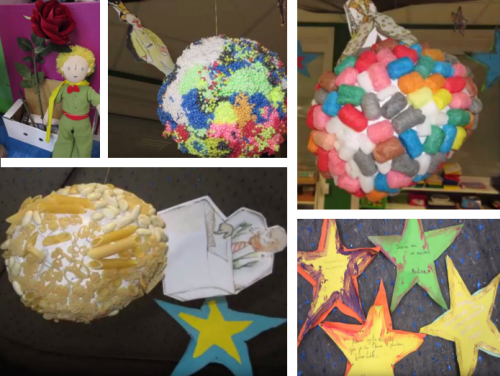
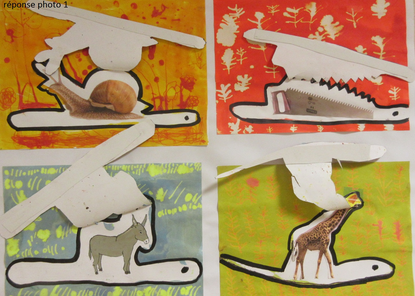
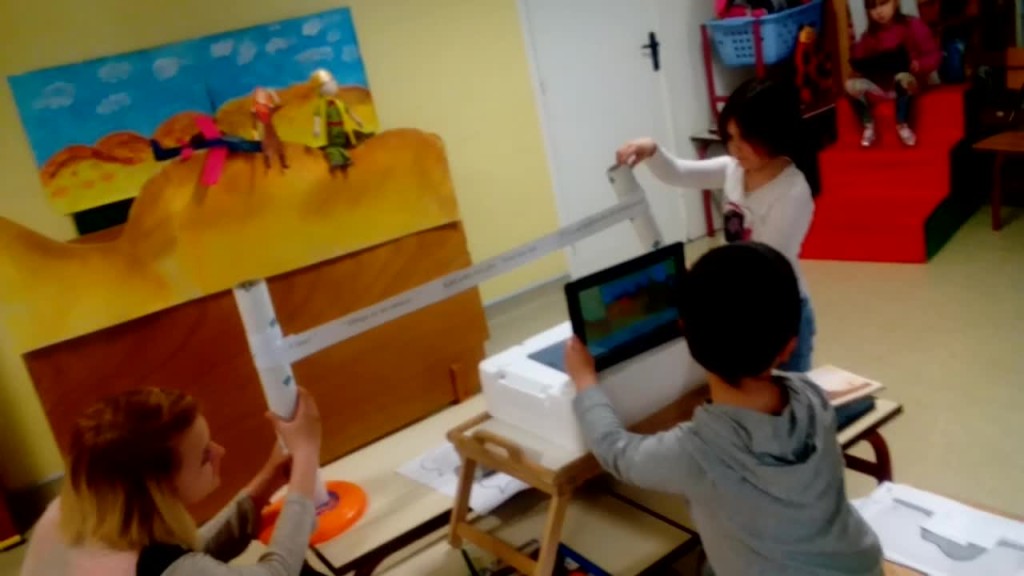

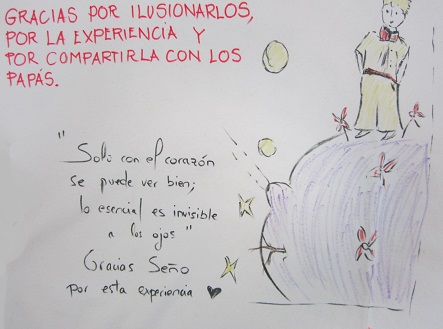




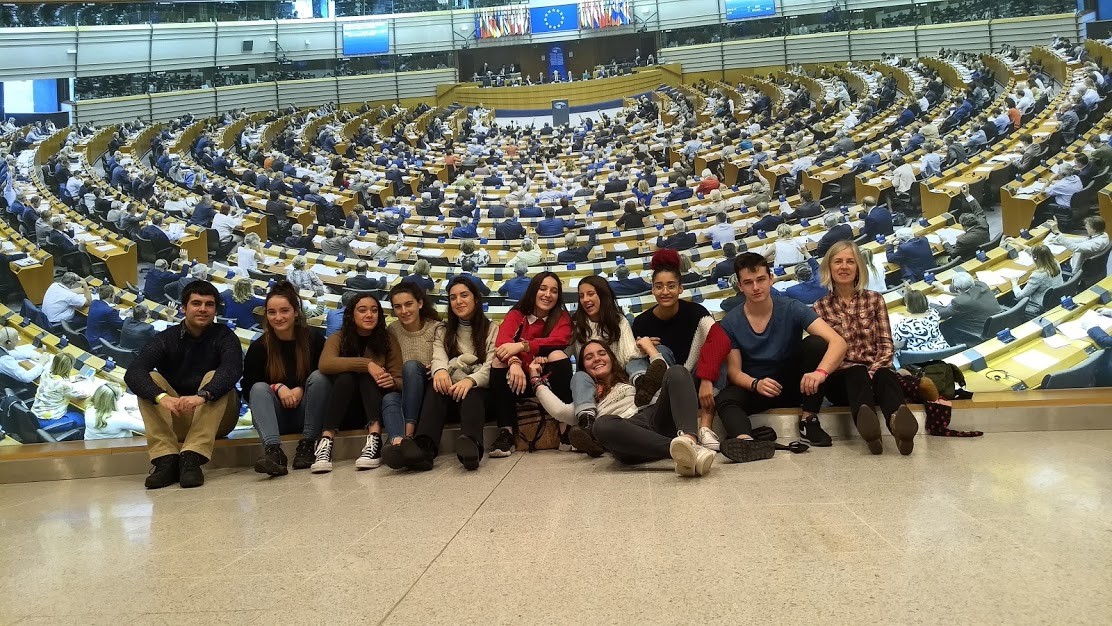
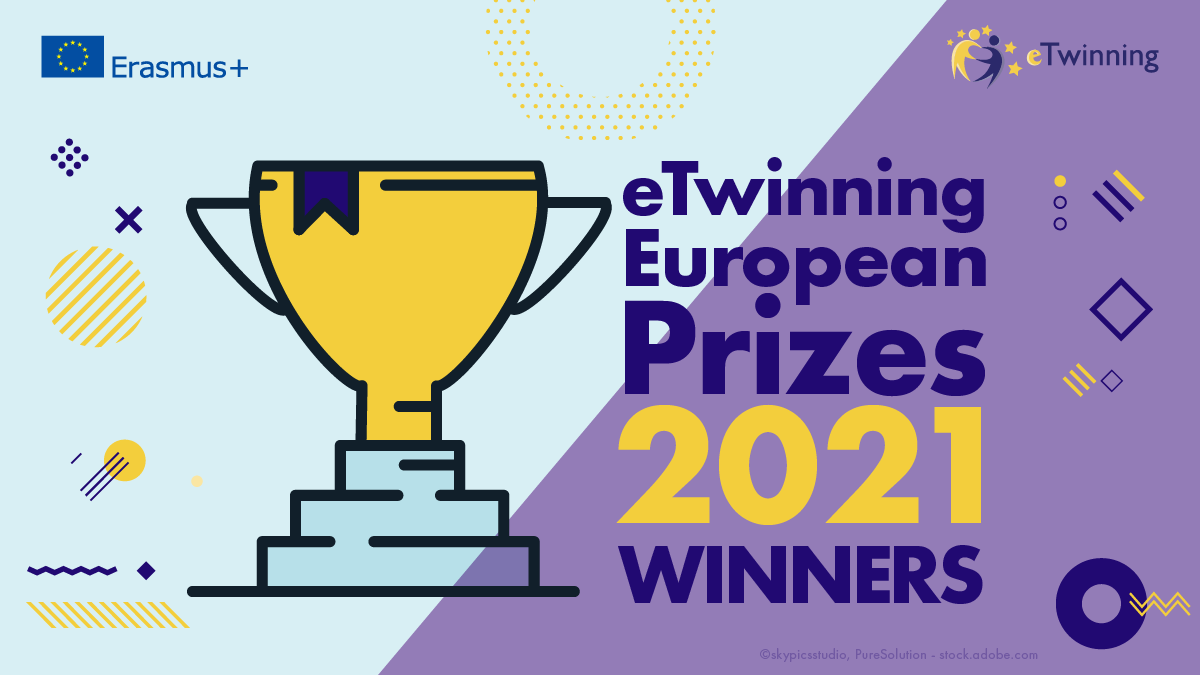


Cada día estoy más convencida de la necesidad de un trabajo cooperativo. El trabajo en grupo es muy enriquecedor y de él nacen nuevas ideas creativas. Es más motivante para los alumnos/as y posiblemente para los profesores/as.